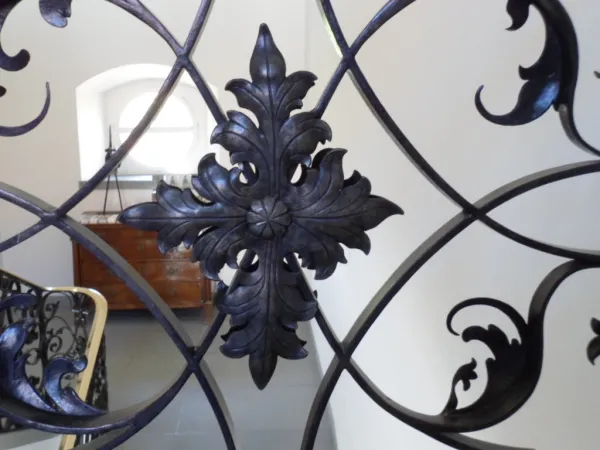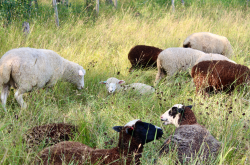Collecting and Connecting
Curators do many things at our three museums – research, develop exhibits, respond to research requests, provide content for museum programs, and host the public, scholars and students in our collections. Collecting, however, is our most important activity. Through collecting we create a material legacy for Canadians; through the act of collecting we connect with Canadians and help connect Canadians with each other. Collecting is not just collection building, it is community building.
This blog is about the things we collect, the places we visit and the people we meet. The public often sees the final, polished stories and artifacts in our exhibitions or through on-line content. The processes of collecting, however, are fascinating in their own right and our postings will provide a glimpse of these activities. We will also be revealing some of the thinking and debates behind our decisions. Our primary collecting guide is our unique and comprehensive Collection Development Strategy, but you will see in these postings that collecting does not always go according to a neat intellectual framework.
Read more at: Collecting and Connecting Curatorial Blog














